Of Persephone, Kore, Prosperine - the Greek goddess of Spring, and of the mead brewed for her. Here's to going inward, to facing the underworld, and to returning decked in flowers and wiser for the journey.
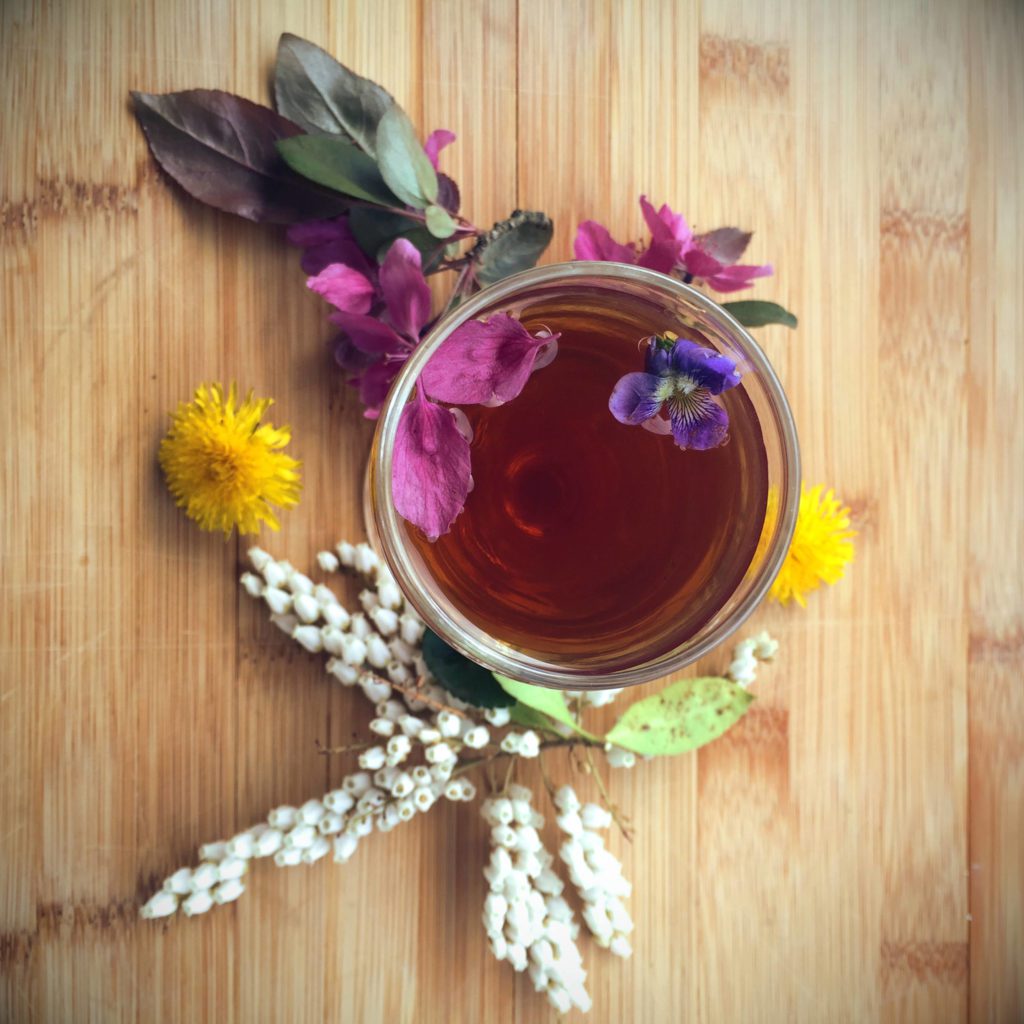
It is spring.
Normally, this time of year gooses me and makes me squeal, propelling me out of my stiff winter depression and lurching me into frantic action. Seeds get sown willy-nilly, houseplants are hastily repotted, and plants who needed pruning in winter are finally attended to with my apologies – an energetic dance performed to a chorus of deafening birdsong.
Yes, the warmth makes me turn into a rather cheerful maniac, but this year is different. This season of fresh growth, bright eyes, and busy bees is tinged with panic, grief, and fear as COVID moves over the face of the earth.
So I’ve been keeping myself busy. That’s how I tend to handle stress. I’m all a-hustle and a-bustle, making tinctures and planting seeds. Starting cordials, meads, baking bread, and beginning projects that will take some time before completion help to balance my anxiety and gives me something to do with my trembling hands in times of uncertainty. The sauerkraut that is coming to life on my counter is not just a delicious probiotic condiment, it is an investment into a belief that there is a future in which I will enjoy the finished product.

There’s another consistent ally that I turn to when I become overwhelmed with the weight of the world, and that is poetry, mythology, and art. It is easy to get lost in a good tale. It can transport you to a new place and yet lead you to answers for your problems, answers wrapped in the beauty of familiar, ancient tropes and verses. For a doomed spring, I turn to Persephone.
In Greek myth, Persephone is the goddess of spring flowers and the daughter of Demeter, the goddess of grain, harvest, and fertility. The story varies, as myths do when they travel the world and ages, but the basic theme is that Hades, the lord of the realm and overseer of souls, was so smitten by the flower-bedecked beauty of young Persephone that he kidnapped her and brought her to his home in the Underworld and made her his bride. Demeter threw a fit and demanded that Persephone be returned and in her grief and wrath, she plunged the world to winter and famine. After a year of this, Zeus commanded that Hades must free Persephone, but she had dined on pomegranate seeds during her stay. Having eaten the food of the Underworld, Persephone was bound to it and would have to return. Thus it is that Persephone spends half of the year with Hades and the other half with her mother, explaining the phenomena of seasons.
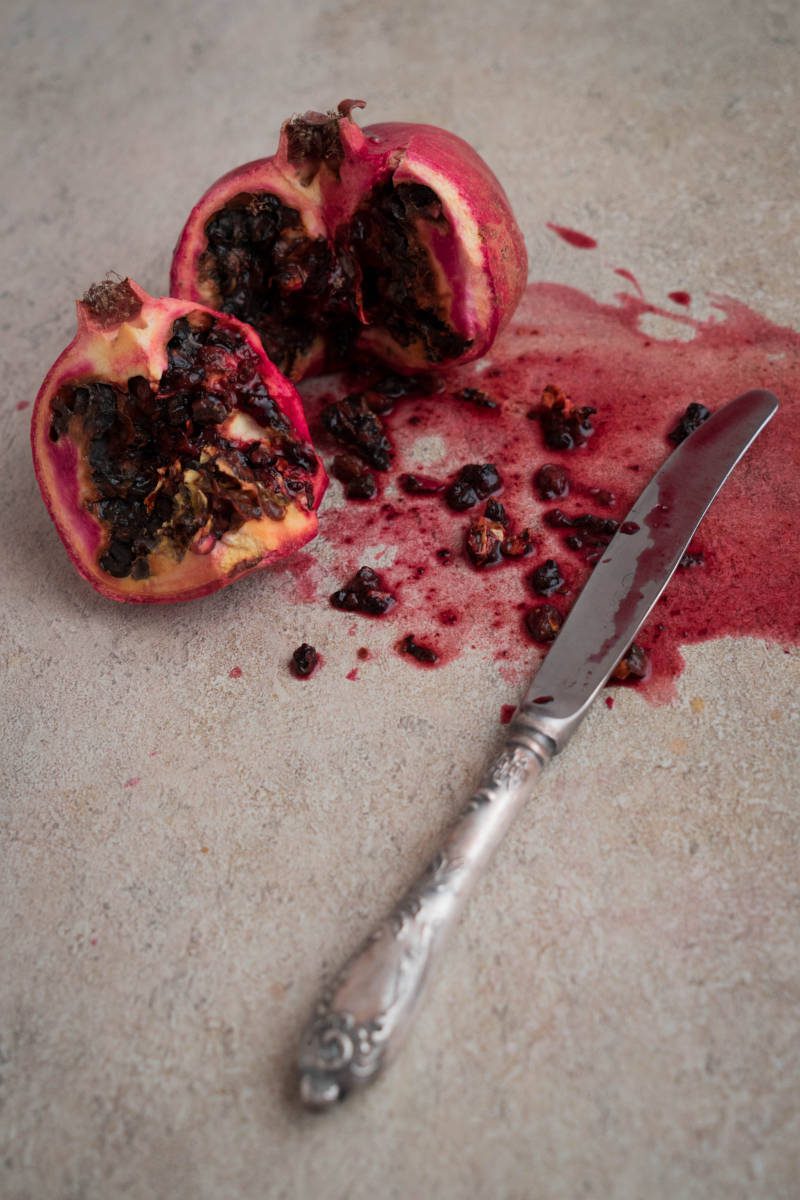
When Persephone returns to her mother in spring, Demeter brightens and the snows melt. Persephone walks and flowers bloom in her wake and the world is warmed. Meanwhile, Hades bides his time, doing what must be done in his wife’s absence. The lord of the Underworld sits in the dark cold and waits, surrounded by the dead.
The balance of life and death, of the above world and underworld, of light and dark – these magnetic opposites make the tale of Persephone so appealing to me. It forces me to recognize the greater balance within myself – flowers and fruit, skulls and bones, grain and grapes, souls and spirits.
To honor and acknowledge Persephone, I have been brewing her a floral-based pomegranate mead or wine for years now, but in spring 2020, this brew, this balance, this myth is taking on a new meaning for me. Right now, Persephone and Hades are both above the surface, hand-in-hand this spring, walking together through the meadows and mountains.

This fever dream of a spring has been made tolerable on the dark days by a glass of this heady, potent brew. Begun last August, bottled in November, and now makes an appearance in March, just in time to toast the fading forsythia flowers from the solitude of my porch. Here’s to going inward, to facing the underworld, and to returning decked in flowers and wiser for the journey.
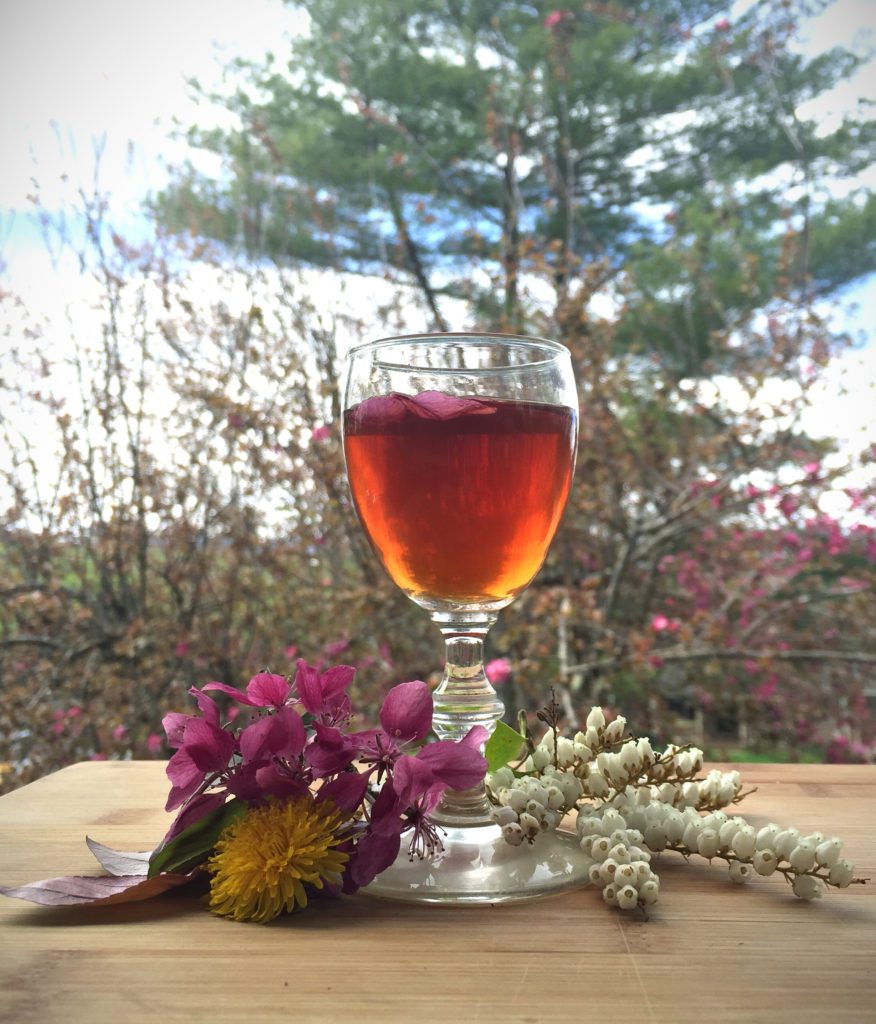
Persephone Mead (One Gallon)

If you are brewing for the sake of the flavors, have at it! This mead pairs exceptionally well with a tray of figs, goat cheese, candied ginger, sugared flowers and toasted almonds.
If you are brewing this to create a sacred libation and calling on the energies and presence of a specific deity, consider this a ritual. Put on appropriate music, light candles, set your space and your intention, and act with consideration as befits your tradition.
I tend to brew this every August, when the season of summer is high and Persephone starts looking forward to returning to the Underworld and Demeter is in full bloom and fertile fields. This means that it is ready for toasting Persephone’s return in Spring of the following year.
Ingredients
- 2 quarts (1.9 L) pomegranate juice (make sure there’s no sulfites or preservatives)
- about 3 cups of water
- 1/2 orange or lemon, chopped
- 1/8 cup (20 g) raisins, chopped
- 13 cardamom seeds (not pods!), crushed
- 1 stick of cinnamon
- 10 black peppercorns, crushed
- 1 cup of flowers – dried elderflowers, dried rose petals, fresh yarrow, fresh violets, fresh dandelion petals
- 1 bag of black tea (jasmine tea is nice, too)
- 3 lb (1.4 kg) honey
- 1/2 packet of Lalvin D-47 yeast
Instructions
- Gather your ingredients and sanitize your supplies – a stock pot, a long spoon, funnel, strainer, gallon carboy, bung, and airlock. (learn more about equipment here)
- Bring the water to a simmer in the stockpot. Add the orange, raisins, and spices (cardamom, peppercorns, cinnamon) for ten minutes.
- Remove the pot from the heat and stir in the flowers and the tea bag. Cover with a lid and let it steep for ten minutes.
- Stir the honey into the warm tea until it is all dissolved.
- Use the funnel to pour the pomegranate juice into the sanitized carboy. Strain the hot honey water (must) into the jug on top of the pomegranate juice.
- Use cold water to top off the liquid in the carboy until it reaches the neck of the jug. Close it off with the bung and airlock until the carboy is cool enough to pitch the yeast.
- Once the jug is cooler than body temperature (ideally under 80 degrees F), remove the bung, pour in the yeast, return the bung and give the whole jug a gentle swish. This is the perfect time to add in some prayers or songs or words of encouragement for your yeast friends as they embark on their task of making alcohol!
- Label the jug and set it aside in a cool, dark place to ferment for a few weeks. Once it has no more bubbles rising from the yeast at the bottom and has cleared, go ahead and bottle the brew.

Get updates from Pixie's Pocket: brewing and herbs in your inbox:
Posted In Homebrew Recipes
Tagged: homebrew, mead, pomegranate, spring, witchy stuff
Amber Shehan
Hi! I'm Amber Pixie, and this is my site. Enjoy the recipes, information, posts, and please feel free to message me if you have questions!



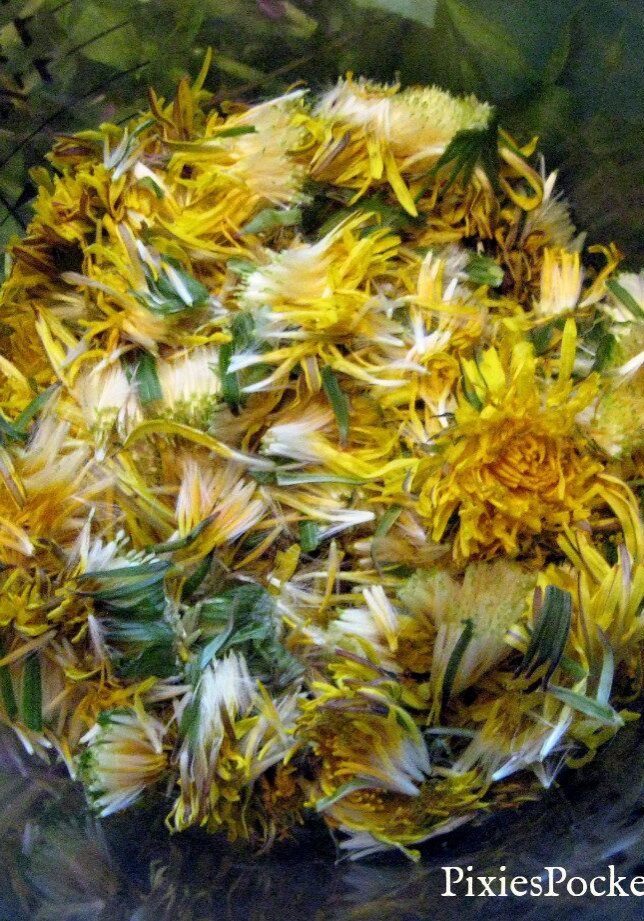
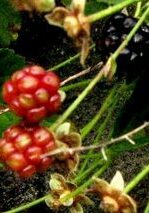
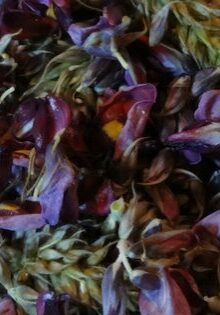
I only have dried jasmine and rose- would a mix of those work fine in place of the medley you described?
Oh, that sounds lovely! <3 Any edible flowers will work just fine, I'm sure. 🙂
Thank you for the recipe. I used an arrangement of many edible flowers (pink rose, rose leaf, lily flower, red globe amaranth,jasmine,chrysanthemum forgot to add the orange zest). There is a woman in my life whom reminds me of the goddess Persephone so i really wanted to make this mead for her. I once worked at an apiary and my mother has a pomegranate tree in her backyard so it seems befitting. Thank you so much i am 1 month into fermentation and it already tastes divine
How beautiful! Thank you for sharing – how’s the brew coming along now? 🙂
Is that 1 cup of each type of flower?
This recipe seems great and well thought out, and while I am not sure you can edit this recipe once posted, I would clarify one thing. Since a lot of people might go out and buy a violet plant for the fresh violets, I would specify that they can not be African violets, and viola will also do. I say this because African violets are very common at gardening centers because they are an easy, indoor plant, and while they are related to the violet and technically in the family, they are also very poisonous. Luckily I forgot to add them to my mead but I think a specification for safety would be nice.
I just recently got into mead making and found this recipe and would love to make it for my friend. I was wondering why you used Lalvin D47 yeast? Its a good yeast no doubt. Especially for sweet meads. I was wondering if you tried it with Lalvin K1-V1116 yeast (supposedly great for fruits and floral meads). Look forward to your response.
BB
Thank Jason. I do often use K1-V1116 and sometimes even ale yeasts. Lalvin is my go-to yeast though, and the one I most often have on hand.
I hope this isn’t a foolish question, but I’ve never done this kind of thing before so I’m starting from square zero. If one wanted to make a sparkling mead, would the process differ? Does that depend upon the yeast used?
Thanks in advance!
I’d be hesitant about doing a sparkling mead if you’re just starting off. If you don’t have a grasp of what you’re doing and how your yeast performs, you have a good chance of winding up with bottle bombs. If you’re trying to carbonate your mead naturally, you pick a yeast with a higher ABV tolerance than what your SG can support. Then, when you go to bottle (and you definitely want to either use beer bottles or champaign bottles for this, as standard wine bottles can’t take the pressure) you add a specific amount of sugar or honey to your mead depending on how much carbonation you want. After you put the cap/cork on, the yeast will start to ferment the additional sugar/honey. My knowledge of this is purely academic as I’ve never (intentionally) made a sparkling mead, as I’m not a huge fan of carbonation.
The other option is to force carbonate your mead by getting a CO2 keg system. I have even less idea how that works, but I believe the book The Compleat Meadmaker will have info, or you can go check the wiki on /r/mead over on Reddit.